Tear Trough Filler: Treating The Under Eye Area
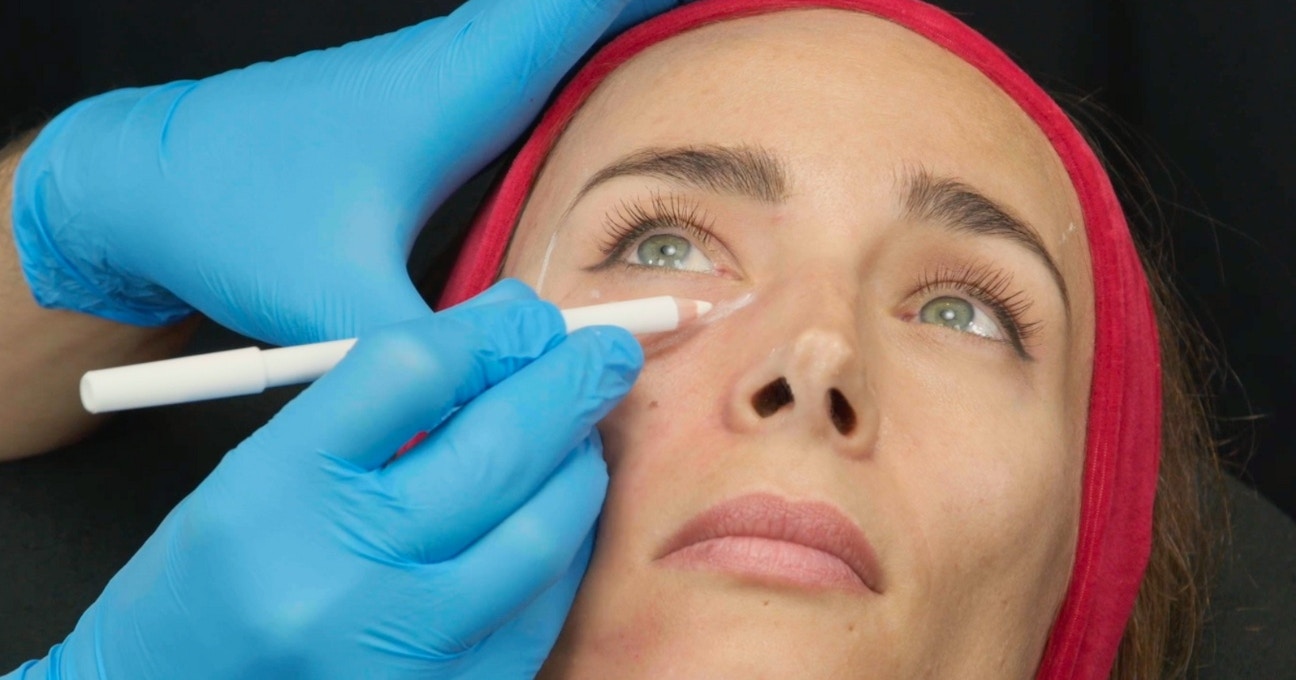
Tear trough filler is an advanced medical aesthetics treatment that can provide wonderful, rejuvenating results for the under-eye area.
By restoring volume loss, patients can instantly look less tired, more awake and refreshed, with little to no downtime. This is why tear trough filler has been increasing in popularity ever since the post-COVID “Zoom Boom” phenomenon.
We’ve received a lot of interest in tear trough filler training courses from aesthetics practitioners. This is why we’ve launched our Tear Trough Filler Masterclass.
Read on to learn from some of our alumni's experiences with mastering under-eye filler treatments and when they added it to their own practices. We also explore:
- Why patient selection is the key to tear trough success
- Should you use a cannula or a needle for tear trough filler?
- The trick to achieving natural results in the under-eye region.
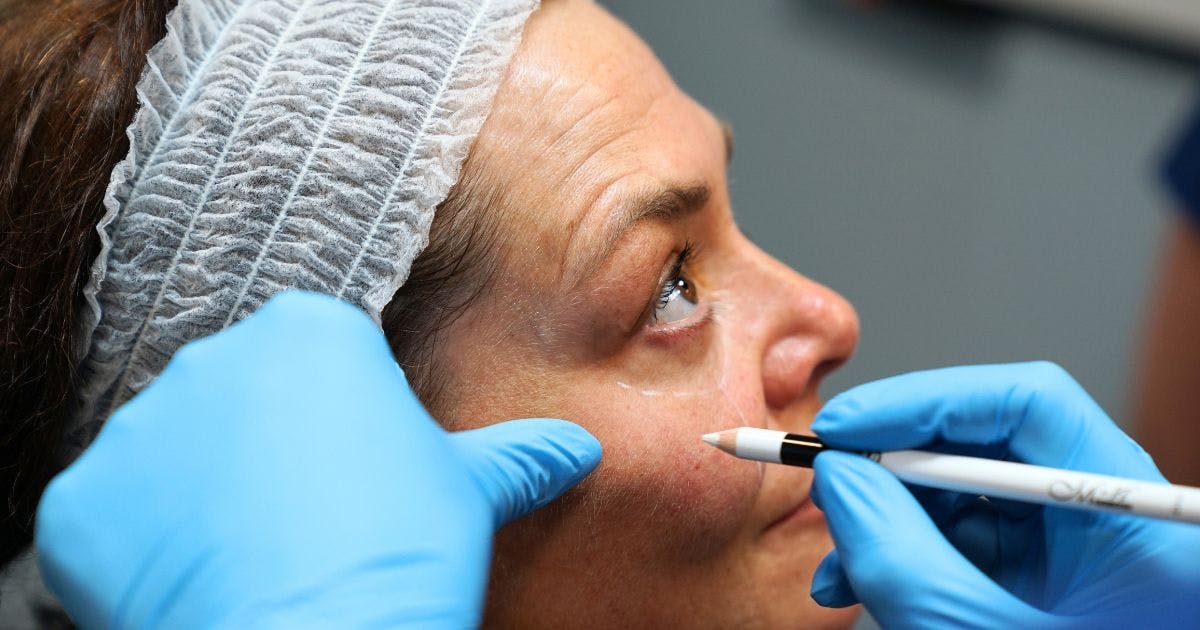
Evidence-based tear trough filler techniques
Tear trough filler is used to improve the appearance of under-eye hollows. For direct treatment - as opposed to treating via the cheek - you're addressing the groove that runs from the inner corner of the eye down toward the mid-cheek.
There are three critical aspects you, as an aesthetic practitioner, must get right in order to provide safe, effective and natural-looking results for your tear trough patients...
- Patient selection
- A solid understanding of anatomy in this facial zone
- Adding appropriate volume - which may be less than you'd think.
Tear trough patients must have true under-eye hollows
Patient selection is absolutely critical to the success of tear trough filler treatment. This area is anatomically complex, aesthetically sensitive, and unforgiving of error. Even with perfect technique, choosing the wrong patient can lead to unsatisfactory results, complications, or the need for early reversal.
If you choose to treat a patient who isn't a good candidate, your treatment will have failed before you've even injected.
Great outcomes start with careful assessment, not just injection skill. This is why we always stress the importance of allowing sufficient time for a thorough clinical consultation. The more in-depth your consultation and assessment, the better your outcomes will be - even if this means deciding to go a different route.
What makes a good candidate for tear trough filler:
- True under-eye hollowing resulting from volume loss
- Good skin quality with minimal laxity and hyperpigmentation
- No signs of malar oedema or puffiness.
Signs that a patient is not suitable for under-eye filler:
- Malar oedema or puffiness
- Under-eye concerns stemming from skin laxity, pigmentation or vascular visibility
- Hollowing caused by structural fat pad descent or ligament laxity.
In the last instance, you'd need to restore support to the underlying structures of the midface before addressing tear trough concerns.
In both instances, your patient must be fully aware of what is achievable from their treatment. This is particularly important due to the 'under-filling' approach used for this area. Manage their expectations thoroughly, to minimise the likelihood of them being disappointed by their results.

Preventing complications from tear trough filler
The tear trough region is anatomically dense and high-risk. This is why this is not a treatment suited to beginners who are just getting started in aesthetic medicine.
The Global Evidence Matrix, GEM© by Harley Academy, advises that tear trough treatments with a cannula are best-suited to development stage 2 injectors. These are intermediate aesthetic practitioners with 4 to 6 years in practice, <1,840 filler treatments and <1,310 toxin treatments administered. You can find out more about the development stage bandings in our previous article, Harley Academy Publishes Novel Medical Aesthetics Education Research.
Key aspects of the peri ocular anatomy that you need to know:
This area features thin skin and minimal soft tissue coverage, making imperfections more visible. The critical anatomical aspects you need to be aware of, in order to reduce the risk of complications, include the:
- Orbicularis oculi muscle, under which filler may be placed
- Orbital retaining ligament, a key structural boundary
- Sub-orbicularis oculi fat (SOOF) and deep medial cheek fat
- Infraorbital foramen, from which the infraorbital artery, vein, and nerve emerge.
We can never stress enough just how crucial it is to your practice to have a detailed knowledge of facial anatomy. This is something we teach on all our botox and filler courses, as it's imperative every practitioner develop a deep understanding from the very start of their aesthetics career.
Knowing what lies beneath will not only inform your approach, it'll help your treatment planning. You'll learn to instinctively decide whether complementary treatments are required, for example. These often include treating the palpebromalar groove and/or the pre-maxillary space. You can see how these treatments work together in the full face filler case study video demonstration, below. This is extracted from the GEM© by Harley Academy app.
In our dedicated Tear Trough Filler Masterclass pre-course eLearning, you'll receive a targeted education in the relevant anatomy. This covers the risks and evidence-based, technical navigation requirements for successful treatment outcomes.
Cannula or needle for direct treatments?
Regardless of whether you're an intermediate or an expert aesthetic practitioner, the evidence shows that tear trough filler requires a cannula.
Some injectors do opt to use a needle, believing it offers more precision in this delicate under-eye area. However, if you're following the data, a 25G cannula is the optimal tool to use in this region for enhanced safety and to minimise the risk of bruising.
This applies regardless of the injection technique being used - microbolus or bolus.
We break this down in detail, including the relevant research citations, on the GEM© by Harley Academy app. This invaluable resource is available on a subscription basis, and a 12-month subscription is provided free of charge to our Level 7 trainees.
Avoid THIS common tear trough mistake if you want natural-looking results
Your patient wants this treatment for a reason. They're looking to correct the concavity under their eyes, so it's understandable you'd want to achieve this. It's your goal, in fact! But if your patient is leaving your clinic with fully revolumised tear troughs, you may have made a crucial error.
Filling to what you consider looks natural on the day of treatment will give immediate gratification. Your patient is likely to be pleased with what they see in the mirror. However, this approach means you've not allowed for the filler's hydrophilic properties and are likely storing up trouble.
If you're not under-filling the tear trough, you're risking unnatural, 'puffy', overfilled results once the filler has settled. As you may recall from basic product rheology, hyaluronic acid draws water to it, and when it does, it swells.
Even a conservative volume can expand in the days and weeks after treatment, especially in this delicate, low-tolerance area. By under-filling, you allow the product to integrate naturally without overwhelming the tissue. You protect against long-term issues such as persistent swelling or malar oedema. In the tear trough, less is almost always more.
Expert insights from introducing this treatment into clinical practice
To help you understand where and when tear trough filler would best fit into your injectables repertoire, we spoke to three aesthetics specialists.
Harley Academy alumni, Drs Kalpna Pindolia, Raquel Amado and Harriet Jenkins gave us their expert insights. Here they discuss their experiences of learning and practising under eye revolumisation treatments…
When did you start offering tear trough correction?
Dr Kal: “About a year after completing my Level 7 when I was happy using a cannula…lots!’
Dr Harriet: “Two years after completing my Level 7.”
Dr Raquel: “One year after completing my Level 7.”
Why did you want to offer this treatment?
Dr Harriet: “Because it’s a really lovely treatment that can hugely benefit the right patient and make them look really refreshed.”
Dr Raquel: “I started to offer it because I wanted to compliment all the areas I was treating as part of a full face approach. Tear trough filler was one of my missing tools, so that’s why I started to offer this.”
Dr Kal: “Whilst many of my patients were happy with indirect treatment of the tear trough, with midface revolumisation, an increasing number of patients were appropriate for this treatment directly and I wanted to broaden my range of options.”
When did you know you were ready to start learning and offering this?
Drs Harriet & Raquel: “When we were comfortable doing cannula treatments.”
Dr Kal: “When I was happy with a cannula, I was ready. Having said that, I was ’nervously ready’ due to the awareness that these were more technically challenging. They also came with their own set of potential complications to manage.”
Which skills do you feel it’s important to master before starting tear trough filler training?
Drs Harriet and Raquel: “Definitely mastering the cannula, instrumentation and a very good knowledge of anatomy.”
Dr Kal: “It is good to have great awareness of the periorbital region aesthetic and its assessment in context. An awareness of facial anatomy and ageing is useful as well. Mastering consultations and cannula technique are definitely prerequisites.”
How did you find learning about tear trough filler and do you enjoy performing these treatments?
Drs Harriet and Raquel: “We both enjoy performing the treatment but we’re very technical and sensitive so we’re very very careful.”
Dr Kal: “It was a journey. I attended multiple courses and was able to decide which techniques suited me from my accrued understanding. I am still learning and refining my approach, as we all do, from experience, and from my learned colleagues. I do enjoy performing the treatments – they bring much joy to patients!”
What are some of the pitfalls and mistakes associated with this advanced treatment?
Dr Harriet: “Potential pitfalls and mistakes: adequate filling., Product can swell and cause an overfilled result or oedema – so achieving a good result using minimal product for maximal effect can be challenging. Further pitfalls include not being in the right plane, and not assessing and treating all of the different fat pad compartments.”
Dr Kal: “The main pitfall I see is inappropriate patient selection. Complex tear troughs should be managed by experienced tear trough injectors, so when you start treating them…keep it to simple cases!’ If a patient is not suitable for treatment, it remains important to discuss this with them and consider alternatives.”
A common question we hear on this is "When should I use polunucleotides instead of tear trough filler?". We've written a whole article to answer this and help you identify the most appropriate treatments for your patients.
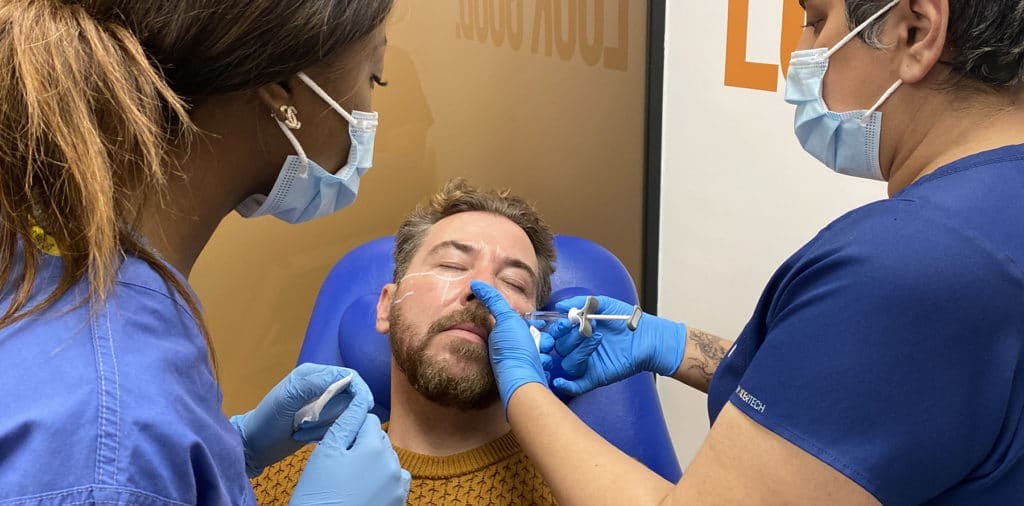
Learning how to administer tear trough filler safely
Tear trough filler is an advanced treatment that does require a certain level of skill and knowledge before new injectors should consider taking this next step.
From knowing your anatomy to understanding some of the nuances associated with this treatment – for example, accurate anatomical assessment of the various surface landmarks. Whilst quick to perform, tear trough filler is not a simple treatment.
It requires in-depth training that concentrates on all these areas of theory, practical and mentored injecting to build confidence.
Complications rates are high with tear trough fillers. Potential issues range from superficial filler malar oedema to vascular occlusion and blindness.
Tear Trough Filler Masterclass
To find out more about learning the best tear trough filler techniques, speak to our courses team about our intimate Tear Trough Filler Masterclass sessions.
This highly-focused, event includes an education in the relevant anatomy, a dedicated eLearning suite and expert injecting demonstrations.
You’ll also treat your own tear trough patient, provided by us, under one-to-one supervision for real-time feedback on your techniques. There’s also plenty of time for questions, too, so you really get the most out of your day!
Please note: this Injectables Masterclass is for experienced aesthetics practitioners only.
To learn more about our entry criteria, what the course involves or for advice on whether Tear Trough training is the best aesthetics course for your needs, reach out - we're happy to help!
You may find it useful to book a call with our courses team for further details, at a time that’s convenient for you. They’ll listen to you, answer all your questions and get you on the road to delighting your patients with this advanced treatment. Alternatively, if this course isn't right for you, they can suggest others that may be a more effective use of your time and resources.
It's a no obligation call and they'll always advise you with the best interests of your medical aesthetics career in mind.
All information correct at the time of publication
Download our full prospectus
Browse all our injectables, dermal fillers and cosmetic dermatology courses in one document
By submitting this form, you agree to receive marketing about our products, events, promotions and exclusive content. Consent is not a condition of purchase, and no purchase is necessary. Message frequency varies. View our Privacy Policy and Terms & Conditions
Attend our FREE open evening
If you're not sure which course is right for you, let us help
Join us online or in-person at our free open evening to learn more
Our Partners
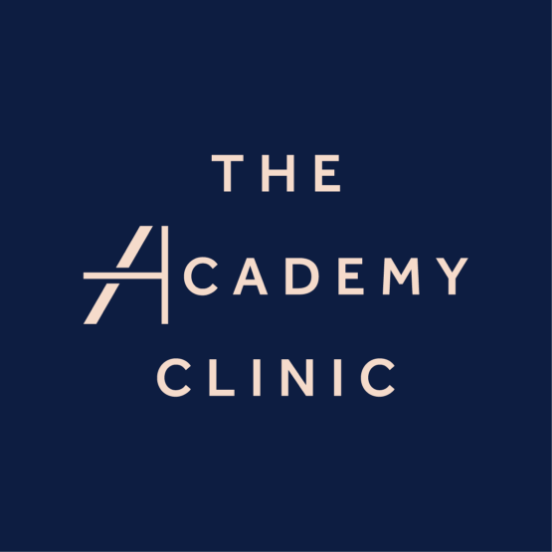

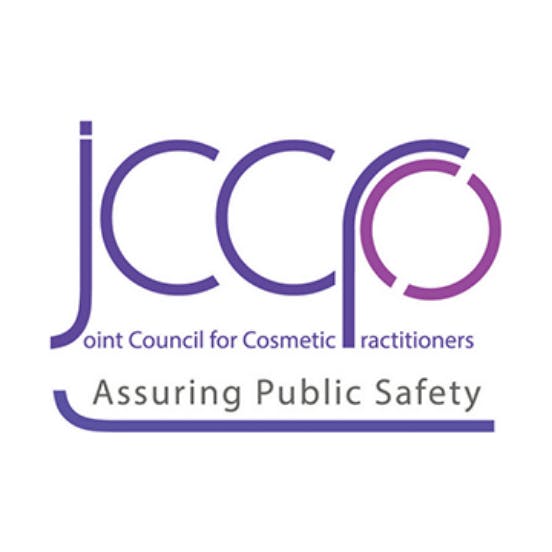
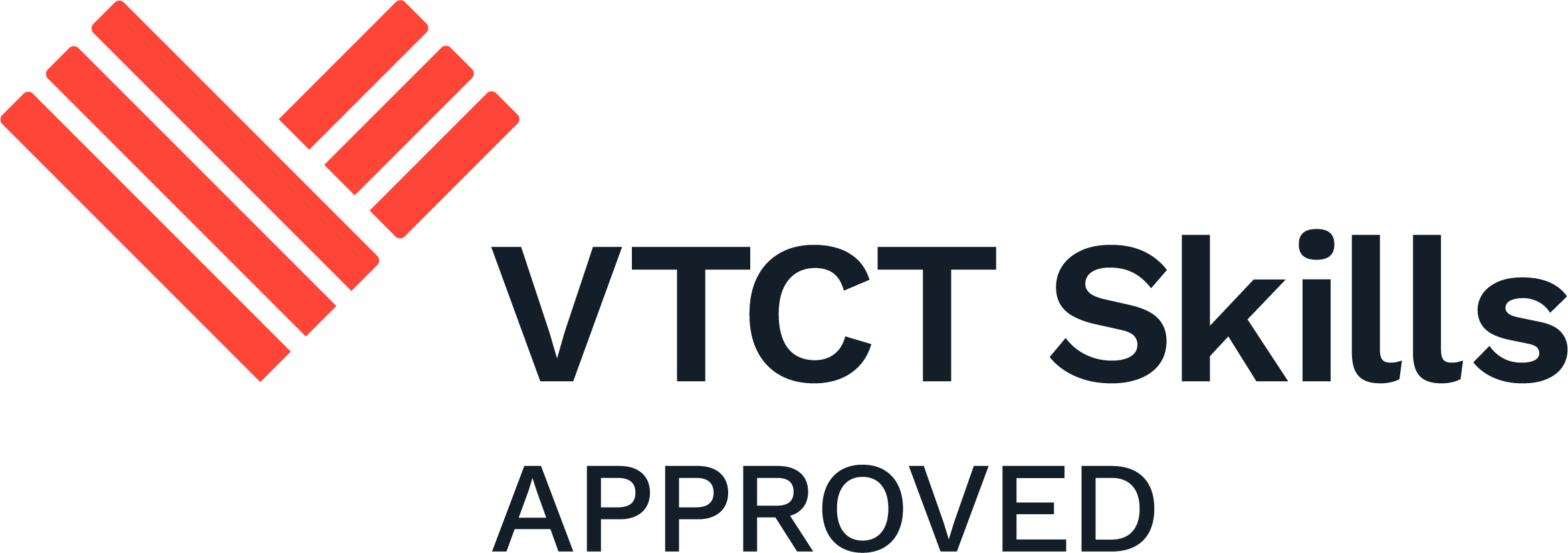

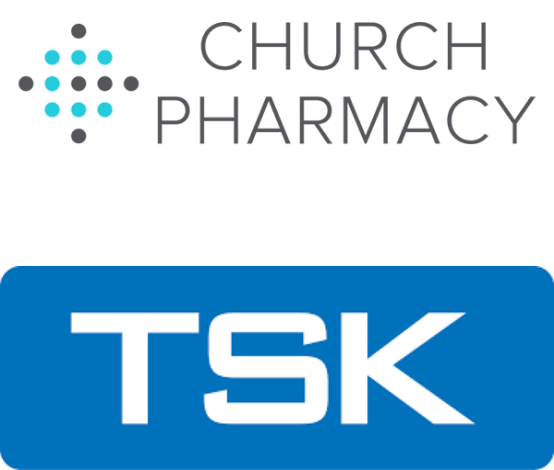
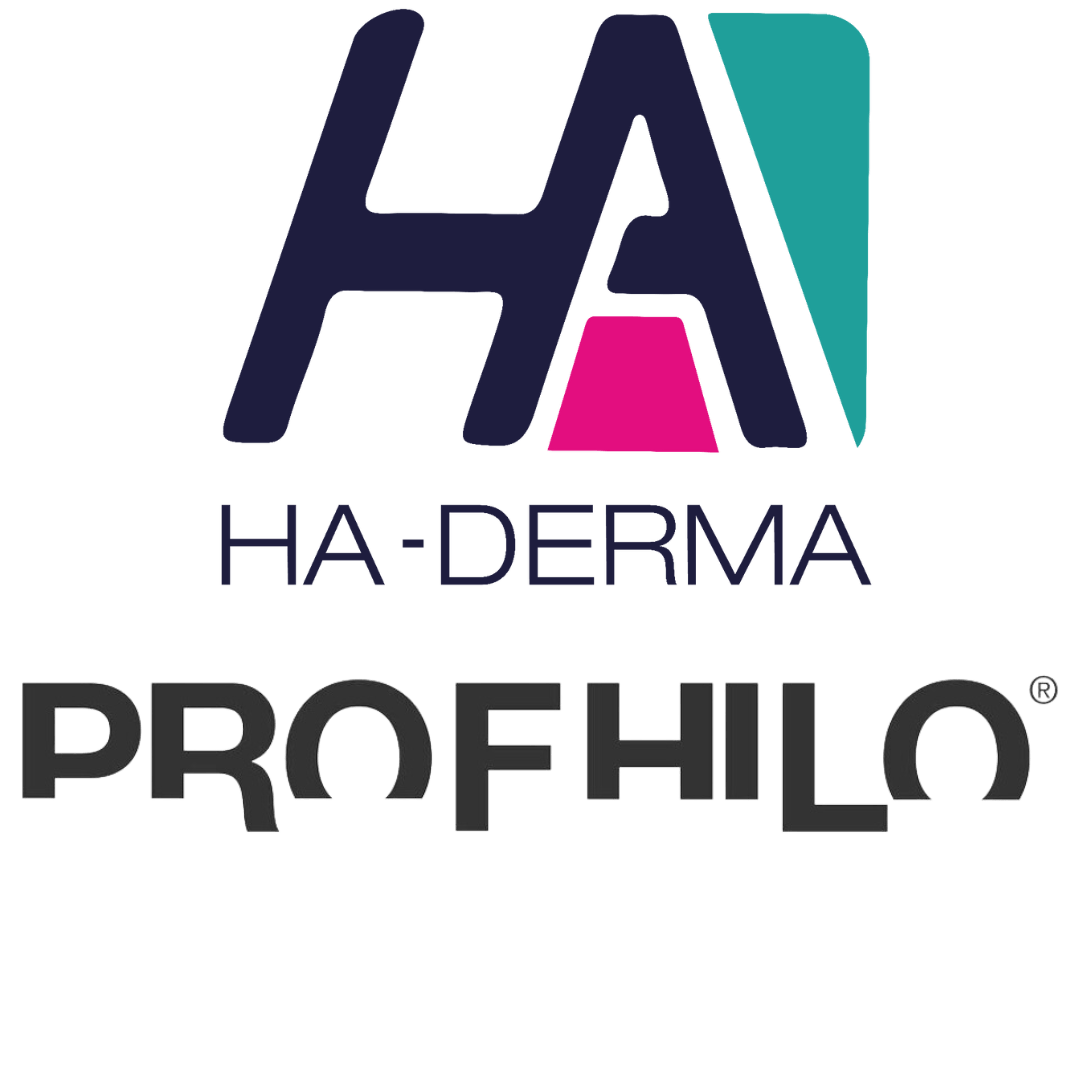
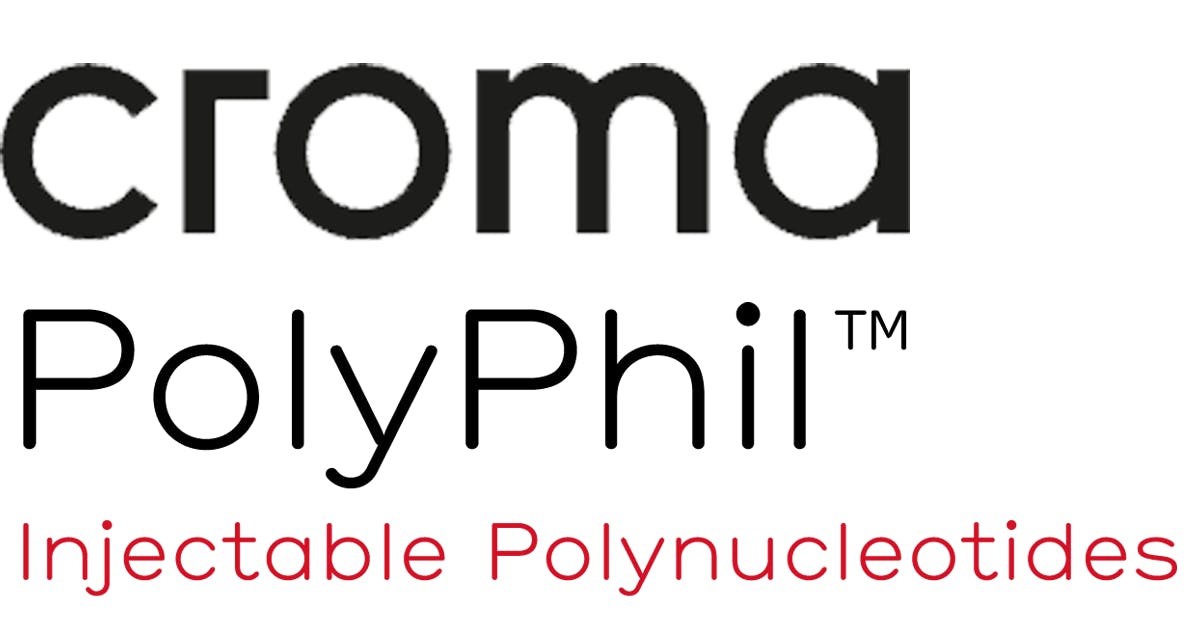
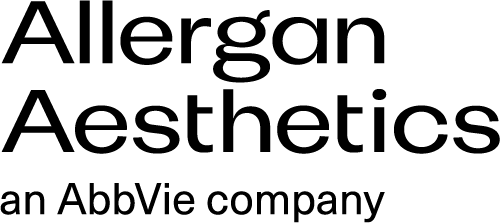
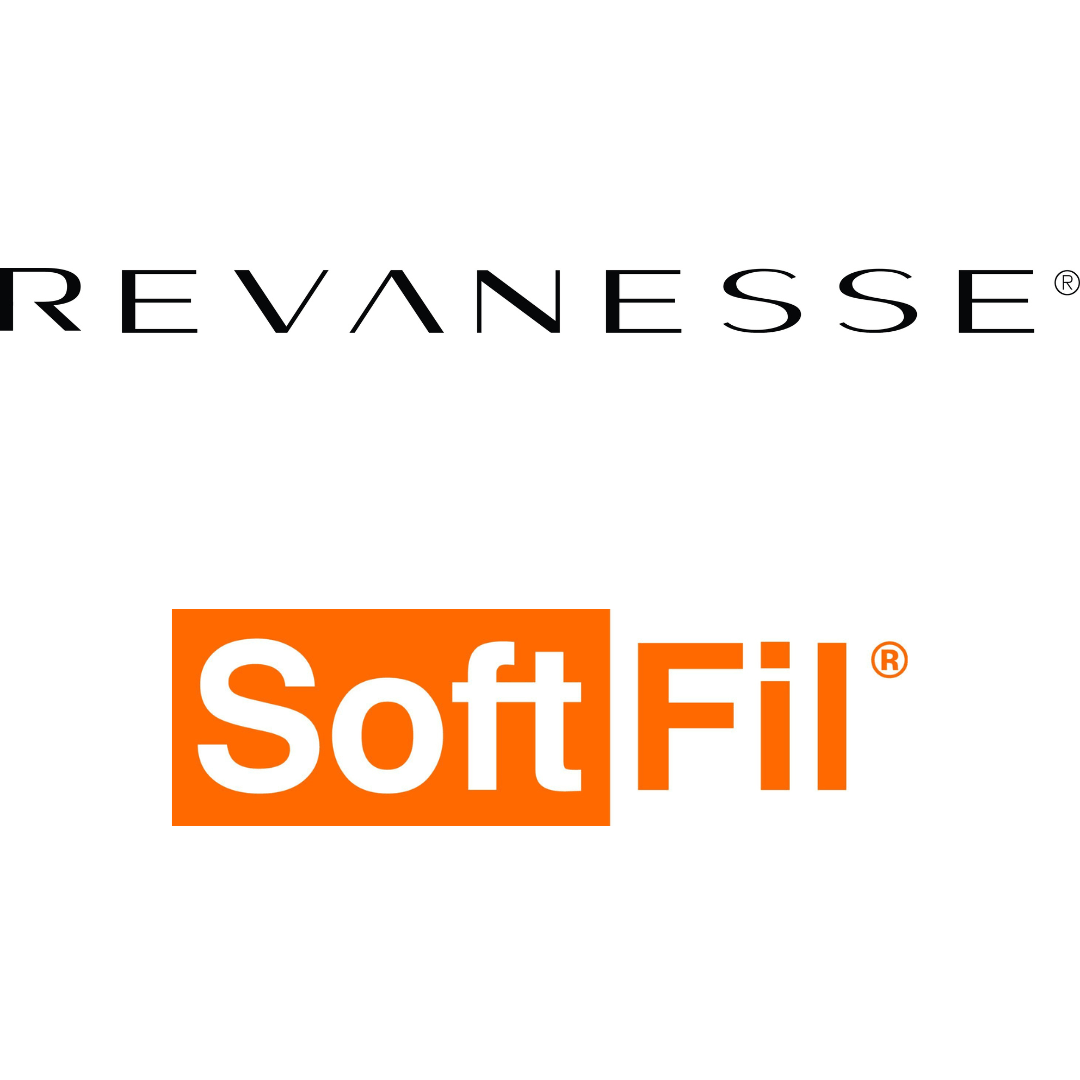

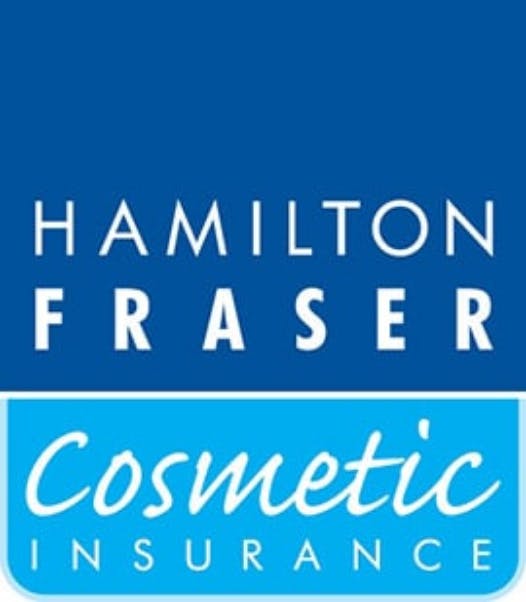
STAY INFORMED
Sign up to receive industry news, careers advice, special offers and information on Harley Academy courses and services


